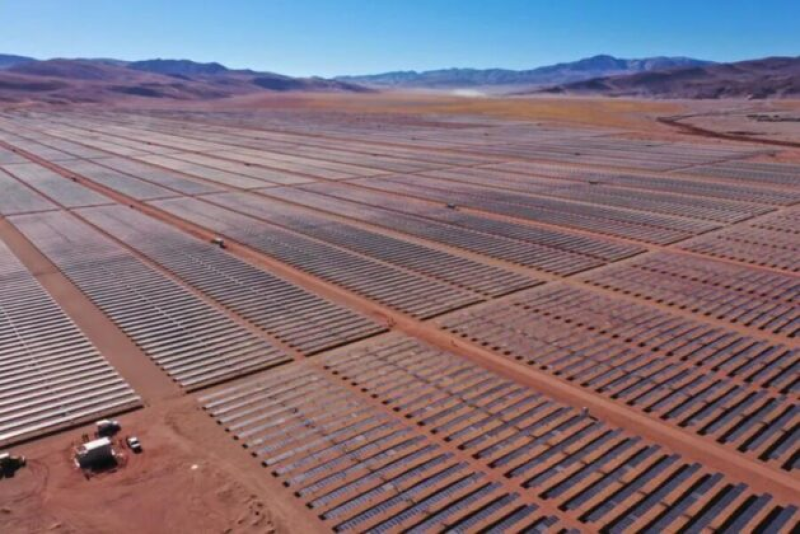- Trump considering military options on Greenland; Europe rejects |
- Fertiliser crunch threatens Kushtia’s onion boom despite high prices |
- Security Council Divided on United States' Venezuela Action |
- Over 1.53m voters register for postal balloting: Shafiqul Alam |
China Leads Renewable Energy Growth in Latin America

The Cauchari Solar Plant in Jujuy, Argentina, located 4,000 meters above sea level with over one million panels, was built with Chinese capital, engineering, and materials.
China, with its investments, products, technology, and innovation focused on solar and wind farms in Latin America and the Caribbean—as well as on electricity networks and services—stands out as a driving force for the region’s shift toward energy that is less reliant on fossil fuels and increasingly cleaner and greener.
Between 2010 and 2024, China invested US$33.69 billion in renewables in the region, with 70 transactions for as many projects, 54 of which were in non-hydroelectric energy, totaling US$13.138 billion.
These figures alone “highlight China’s importance in supporting the region’s energy transition, both through investments and infrastructure projects,” Enrique Dussel Peters, coordinator of the Latin America and the Caribbean Academic Network on China (RedALC-China), told IPS from Mexico City.
“For China, Latin America as a whole is a market that geographically presents many opportunities; first, due to the availability of natural resources, which include critical minerals, and features such as access to water and natural and renewable energy sources,” said Ana Lía Rojas.
Beyond money, China “has the capacity to develop technology, implement it, and scale it at the required speed,” said Ana Lía Rojas, executive director of the Chilean Association of Renewable Energies and Storage (Acera).
In a dialogue with IPS in Santiago, Chile, Rojas cited American economist Jeffrey Sachs, director of the Center for Sustainable Development at Columbia University and a United Nations advisor, who has argued that, in short, “the energy transition is Chinese.”
Sachs views China as a “leader in key technologies that will be essential over the next 25 years: photovoltaics, wind, modular nuclear, long-distance energy transmission, 5G (now 5.5G), batteries, electric vehicles, and others.”
The movement toward Latin America has been relentless. While there were no Chinese investments in renewable energy in the region between 2000 and 2009, eight emerged from 2010 to 2014, totaling US$3.298 billion and generating 6,000 jobs, according to RedALC’s Investment Monitor.
Between 2015 and 2019, 25 projects with Chinese financing materialized, totaling US$19.568 billion and creating 9,300 jobs. In the 2020-2024 period, 37 transactions were completed, amounting to US$10.824 billion and generating 15,000 jobs.
Investment volumes dipped in 2020 amid the COVID-19 pandemic. However, a revealing contrast emerged: 35 of the 37 renewable energy transactions during this five-year period went to non-hydroelectric projects.

